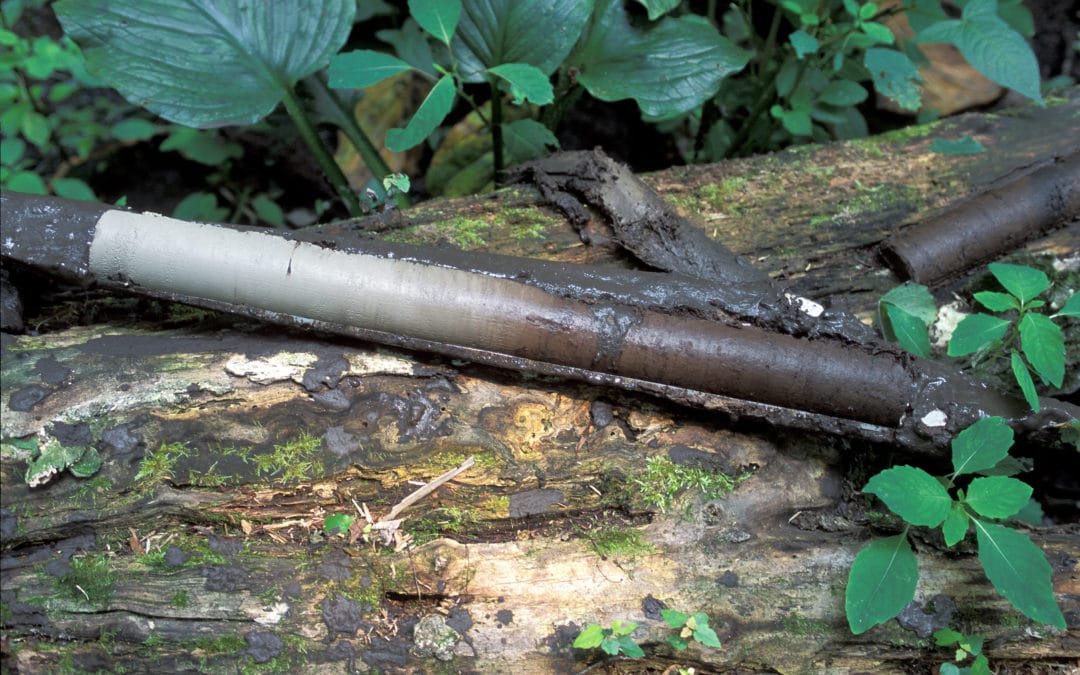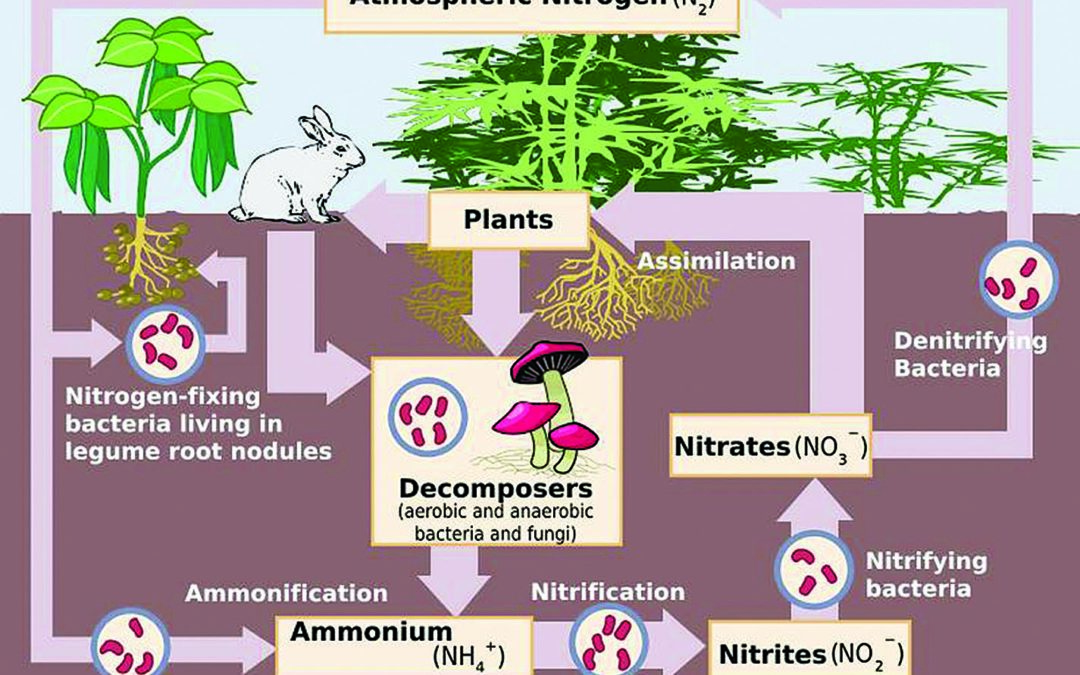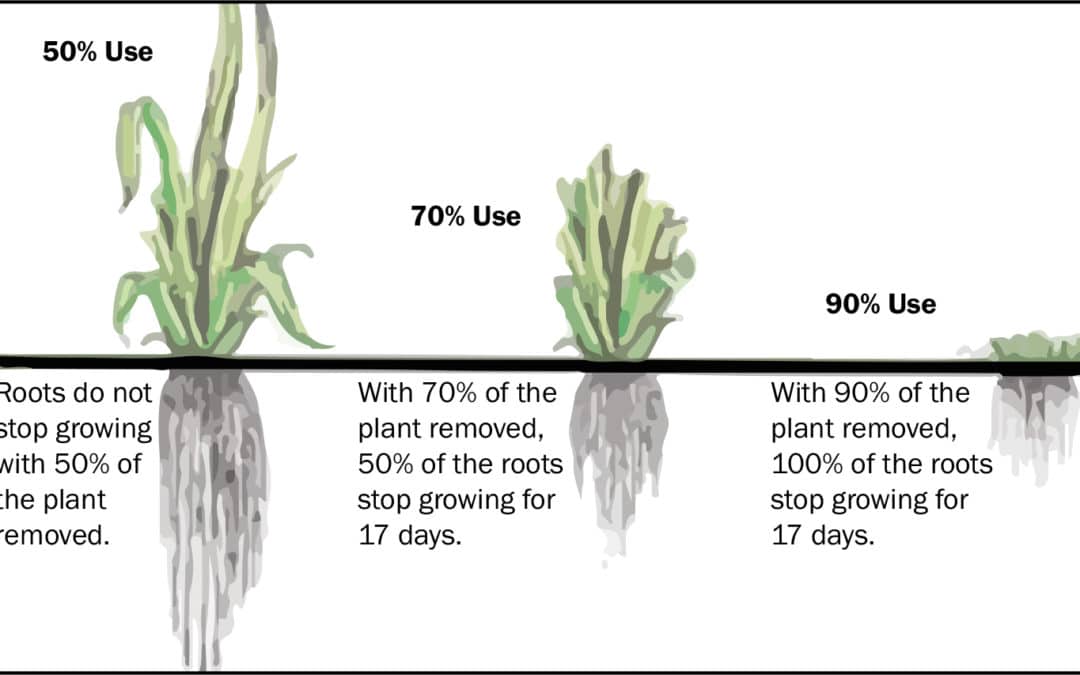
Adequate levels of functional organic matter and a robust soil digestive system are sorely lacking in most all agricultural soils. This lack of humic substances and biology significantly reduces a soil’s water-holding capacity and the ability to release nutrients, all of which leads to large losses in crop quality and yield.

Sending the same sample to several labs for comparison will be quite confusing unless you do your homework to determine what methods are used. I have talked with several customers after they have submitted the same sample to different labs without understanding the differences.

As growers, we must do our part in mitigating our impact on natural systems by taking every opportunity to use naturally occurring N and cease the use of industrially created N. There are five main ways we can get the nitrogen we need to grow our crops without resorting to man-made N. The good news is that you will be raising healthier, more valuable crops in the process of using nature’s supply of N and can achieve comparable yields (or even greater yields).

Soil restoration is the process of improving the structure, microbial life, nutrient density, and overall carbon levels of soil. Many human endeavors – conventional farming chief among them – have depleted the Earth to the extent that nutrient levels in almost every kind of food have fallen by between 10 and 100 percent in the past 70 years. Soil quality can improve dramatically, though, when farmers and gardeners maintain constant ground cover, increase microbe populations, encourage biological diversity, reduce the use of agricultural chemicals, and avoid tillage.

Microorganisms are a fundamental part of healthy soils, plants and people. We’re still trying to understand how they contribute to the health of soil and how their omnipresence impacts our environment. This can and will have a direct impact on our ability to provide for plant fertility using microbially mediated processes as we understand and harness this interconnected web of life.

Soil consultants have traditionally used electrical conductivity to measure salinity. Conductivity can tell us much more about the physical structure and health of the soil, though, and can help indirectly measure crop productivity.








